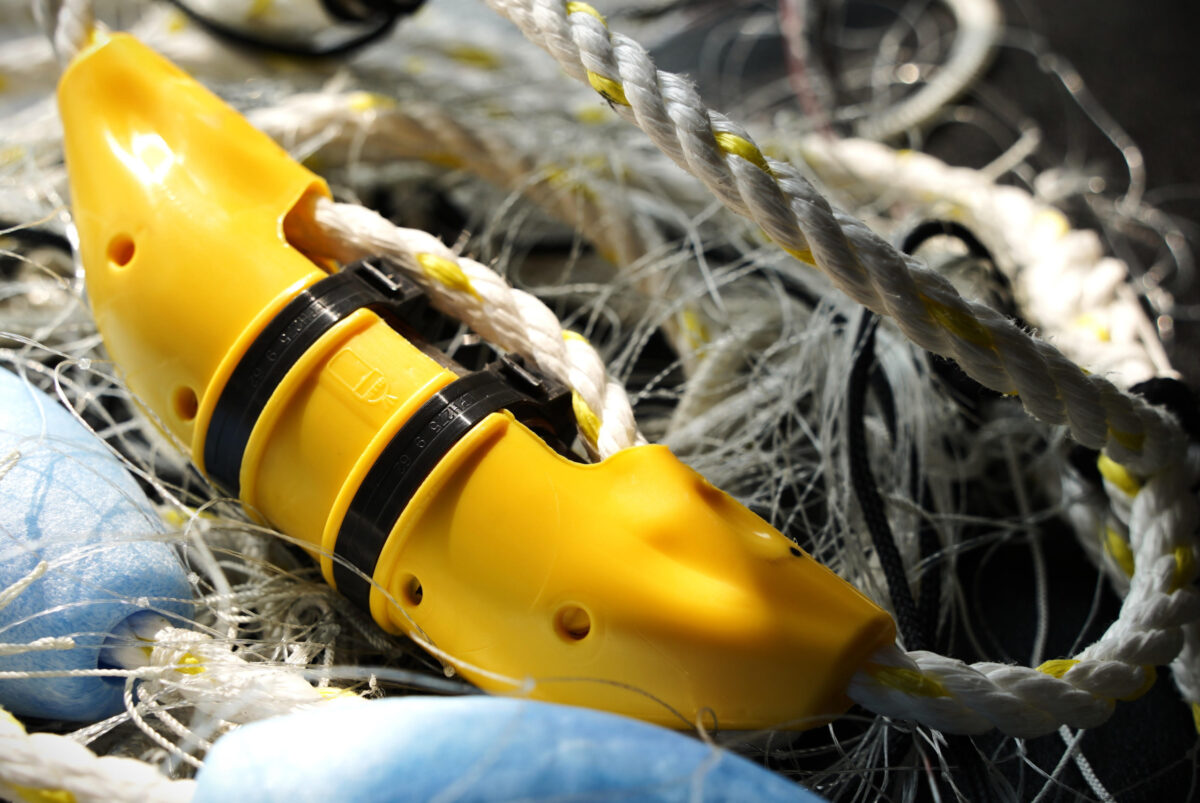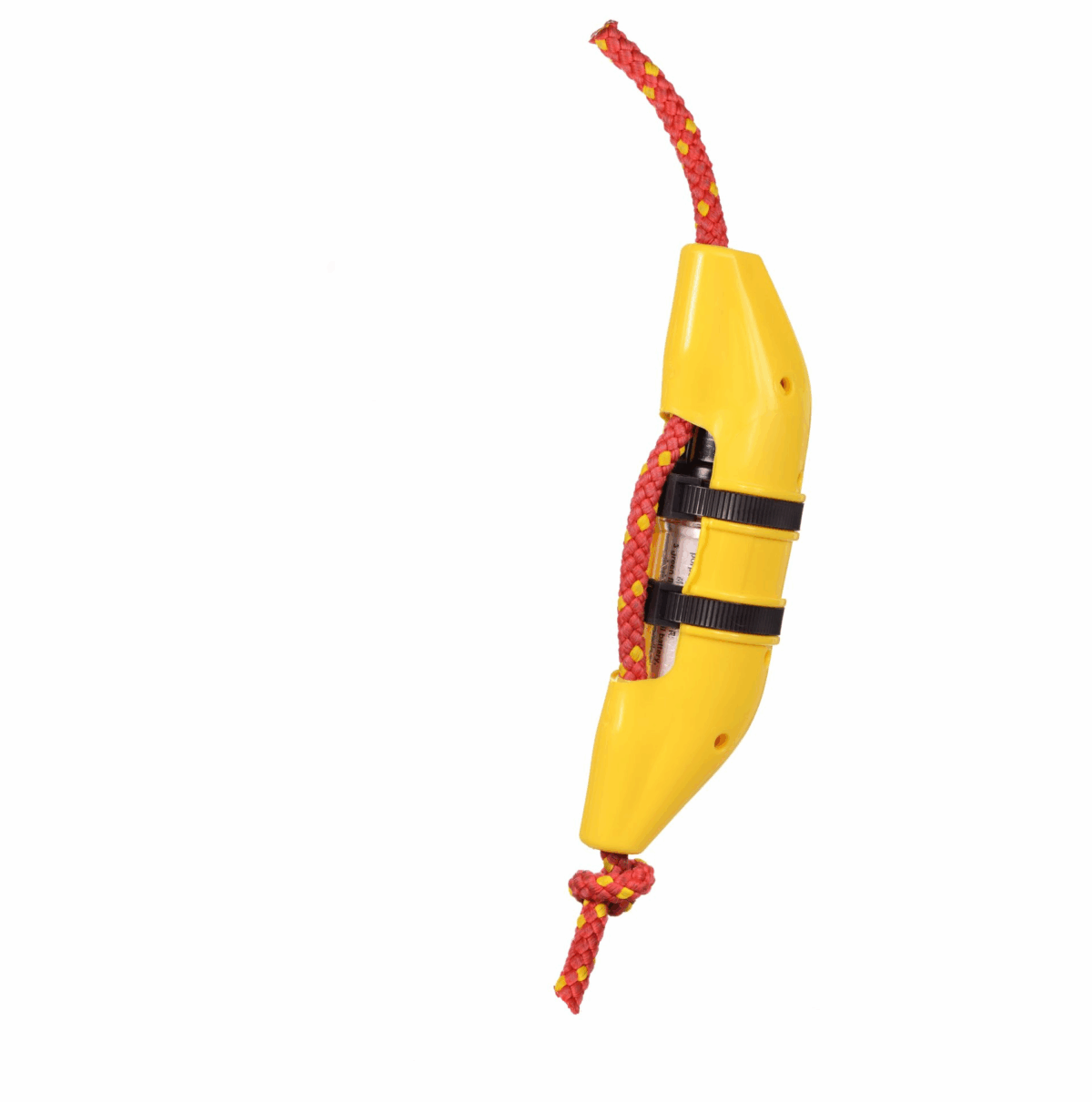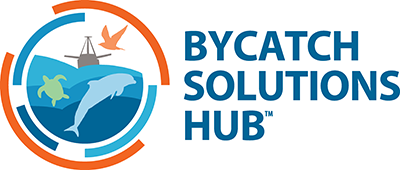Dolphin and Porpoise Bycatch Reduction in Norwegian North Atlantic Cod and Monkfish Fishery
Dolphin and Porpoise Bycatch Reduction in the Norwegian North Atlantic Cod & Monkfish fishery

The global threat to marine mammals is well known, with an estimated 600,000 marine mammals bycaught in fisheries each year. In Norway, the average harbour porpoise (Phocoena phocoena) bycatch in commercial bottom-set gillnet fisheries between 2006 and 2018 was estimated at 2871 porpoises per year, exceeding sustainability limits.
The Norwegian gillnet fishery in the Vestfjorden / Lofoten region is a significant source of Atlantic Cod during January – April, however this fishery also fishes for Monkfish between May and August. Marine mammal bycatch, notably harbour porpoise, has been an issue in both fisheries for many years.
Project Goals
This project is designed to address dolphin and porpoise bycatch in the Norwegian Atlantic cod and monkfish gillnet fisheries through the increased implementation of acoustic pingers. The Norwegian Institute of Marine Research (IMR) has conducted multiple trials that resulted in between 70-100% reduction in bycatch rates of harbour porpoise in Norwegian gillnet fisheries which led to their mandated use. Despite this proven success at reducing bycatch and the mandatory use, the fishing industry in Norway has pushed back against the use of pingers. There have been issues with low compliance rates of around 60%, with the key reason being given as the cost of pingers; fishers being reluctant to cover these costs themselves. Therefore, the project aims to increase the use of pingers by providing free pingers to participating fishers, targeting vessels with high bycatch risk.

Project Update
June 2025
Having launched in April 2025, engagement with northern Norway fishers to deliver baseline information on pinger use for this project is in the beginning stages. Currently, 500 Banana Pingers (50-120kHz) have been produced and are ready for distribution to fishers.
Results to date have been relatively slow with many of the fleets being out at sea during this timeframe, but the initial indications are that no pingers are being voluntarily used outside the mandated Lofoten Island area.
To accommodate requests from harvesters to be compensated for equipping their vessels with pingers, the number of participating vessels had to be reduced to stay within the project budget. After discussions with the fishers and researchers, it was decided to reduce the number of participating vessels and increase the number of pingers per vessel. The total number of participating vessels is now targeted at 15, with individual amounts of pingers increased accordingly.
Having fewer, but more involved vessels will allow greater examination of those fishing boats using pingers verses those that are not. Furthermore, it will create a small fleet of vessels who are able to share the best practice as well as save time and money moving between standard and mandated pinger use fishing areas.
Estimates of the impact of marine mammal bycatch reduction is expected to be relatively straightforward if the vessels involved have 100% pinger coverage across their nets, as opposed to a larger number of vessels using lower numbers and less percentage coverage.
Currently, 10 vessels have signed up to participate in the trials. Pingers are presently in place on some vessels. Additional pingers will be distributed over the next few weeks as the vessels return to port.
This information will be updated as the project develops.


